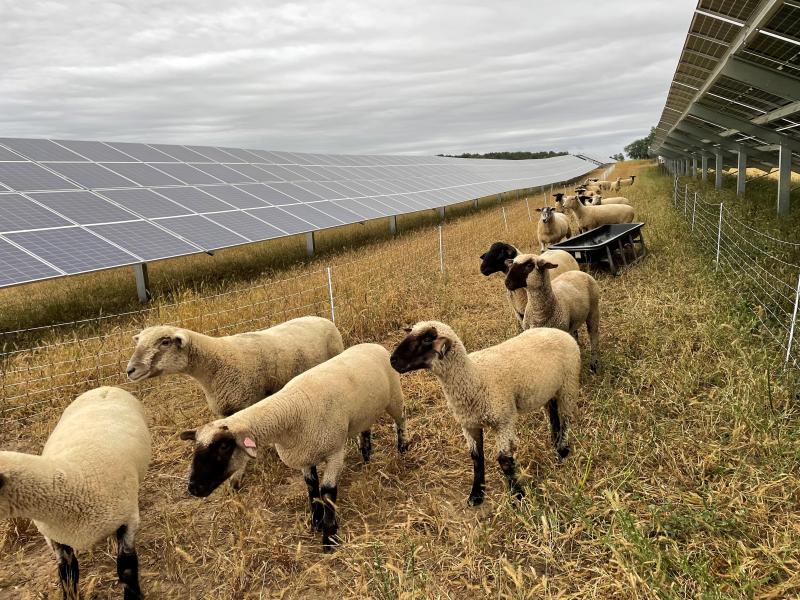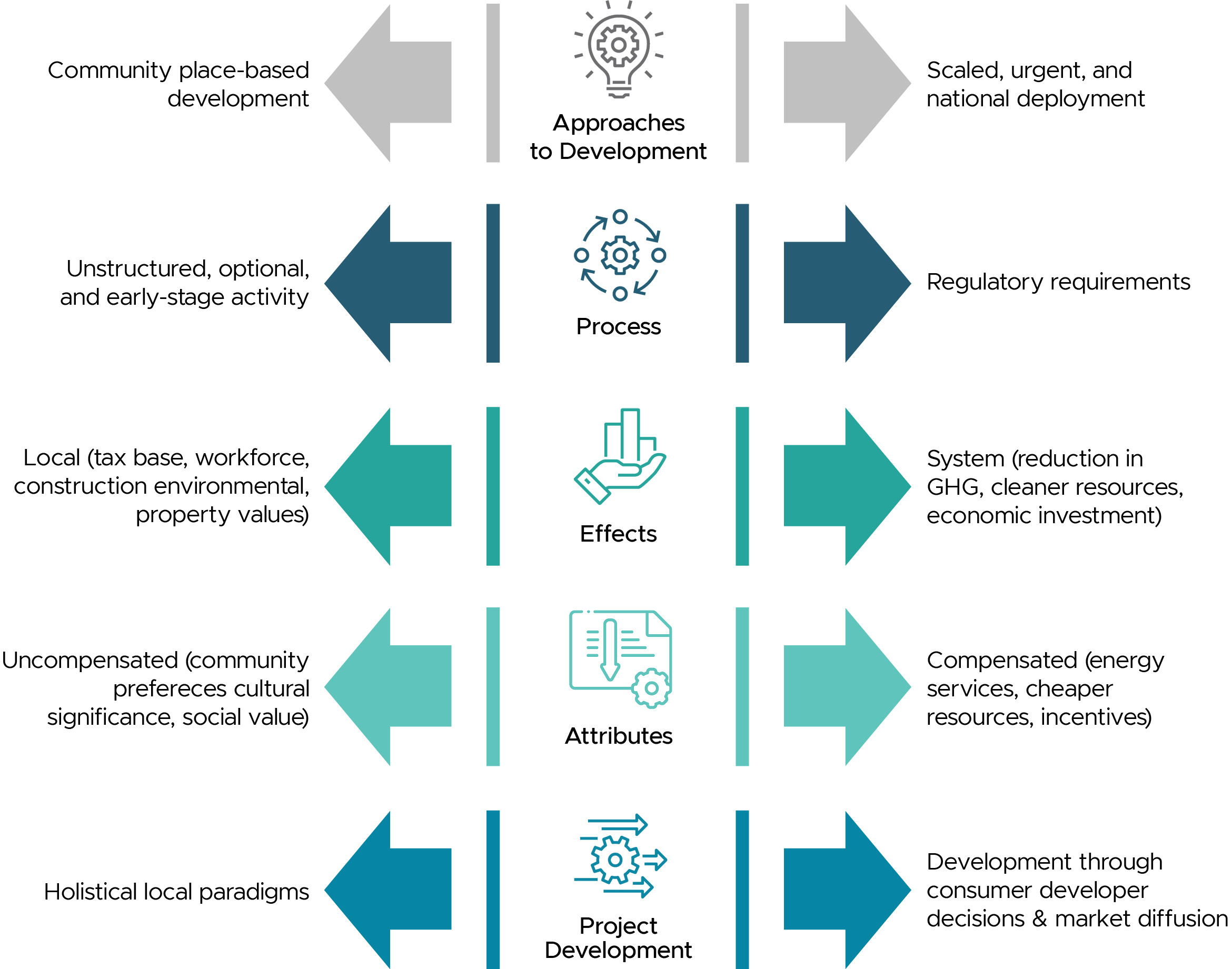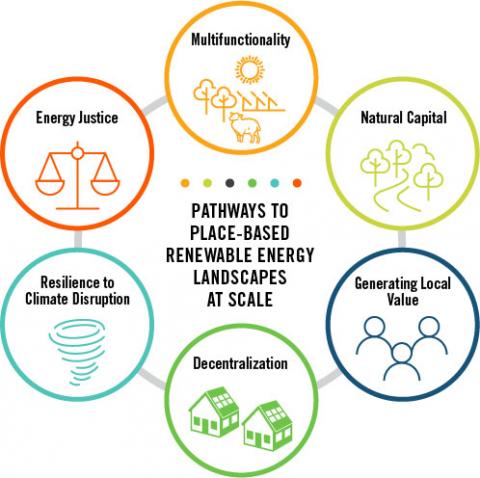
Renewable Energy Landscapes
Renewable Energy Landscapes
Designing place-based infrastructure at scale

The sheep at Herbrucks Organic Poultry Ranch are controlling weedy species to prepare the site for a solar pollinator planting.
(Photo by Sharlissa Moore | Pacific Northwest National Laboratory)

